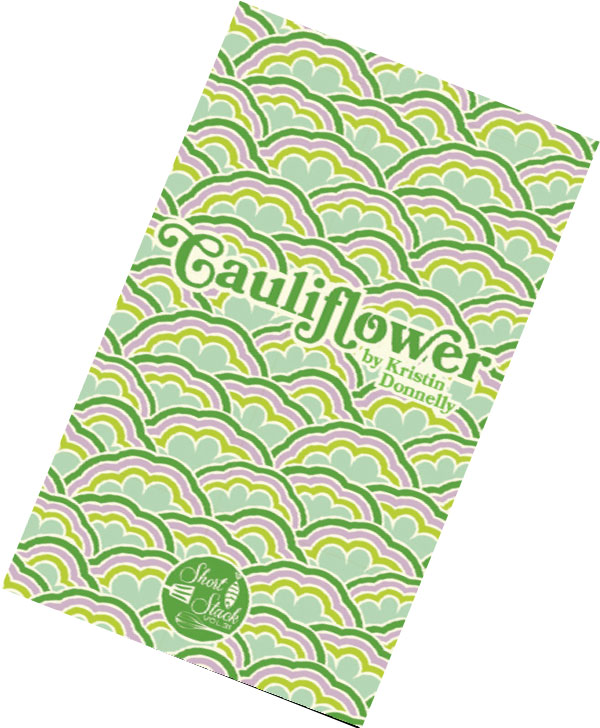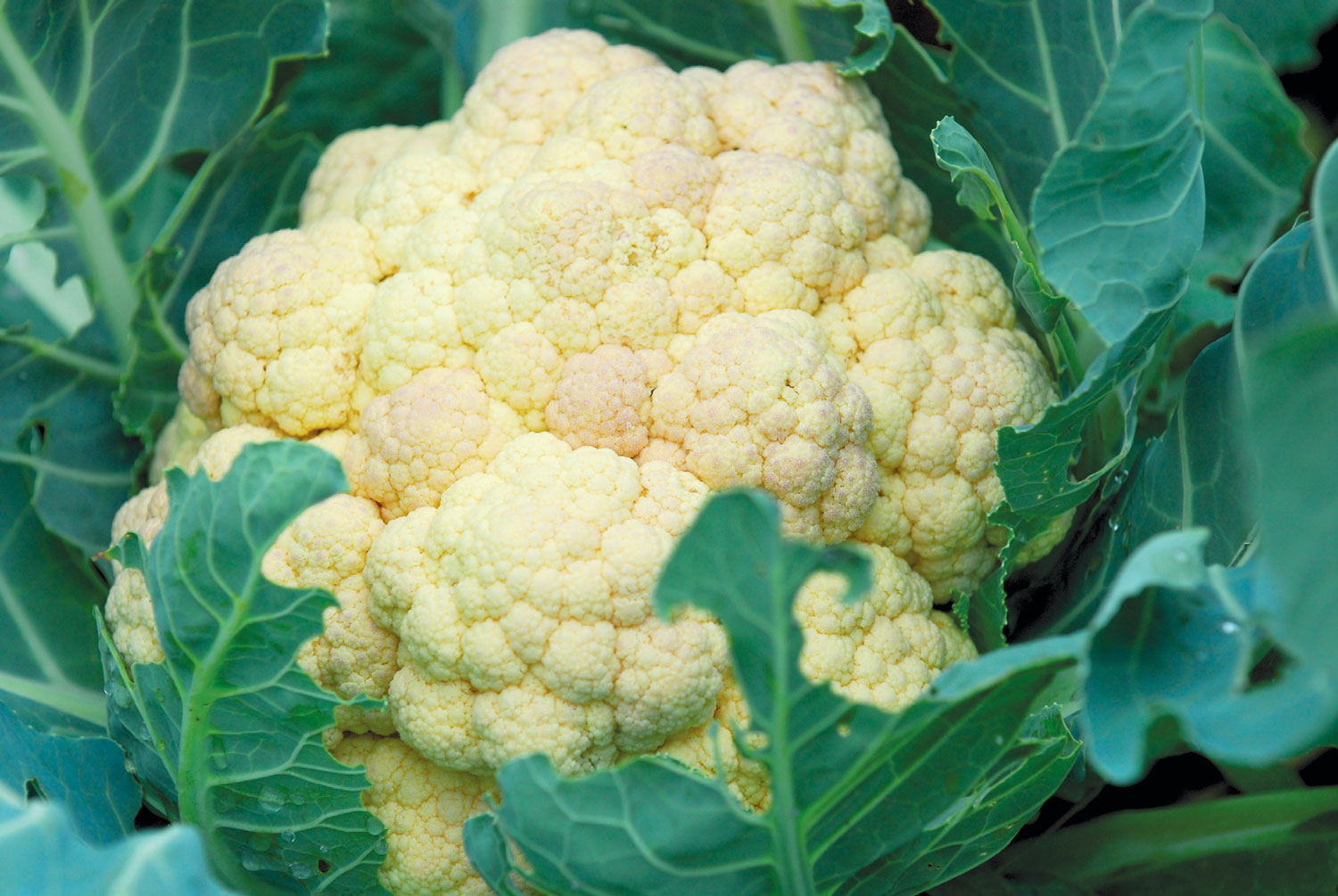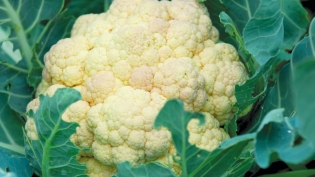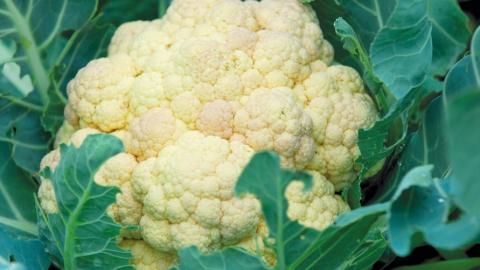Cauliflower Power
What to eat while you’re waiting for ramps
Early spring is the hardest time to be a locavore in the Northeast. Farms have nearly cleared out their root cellars and ramps won’t show up for another month. Meanwhile, our friends on the West Coast and in the South are on Instagram showing off the jewel-like strawberries and fat bunches of asparagus they pick up at their local farmers’ market.
It’s a time of year when you’ll find me shopping frequently at the supermarket, feeling grateful we can buy produce from other places. One of the vegetables you’ll regularly find in my cart is cauliflower. I can only buy it locally for a short time in the fall, but I find it’s one of those vegetables that tastes good even after traveling long distances.
I also love that it’s extraordinarily healthy. One cup of cauliflower has the same amount of Vitamin C as a small orange. Part of the brassica family, it also has plenty of cancer-fighting phytochemicals. While you’ll most often find it white, some markets sell orange, purple or green cauliflower, which each bring different antioxidants to your plate.
Cauliflower is also fun for cooks. Hyperseasonal produce varieties, like heirloom tomatoes and local asparagus, should be treated like delicacies, served with little more than salt and olive oil. Because decent heads of cauliflower are available year-round, I feel freer to experiment—cutting the cauliflower into steaks, shaving it, or pureeing it to transform it into something more delicious.
Because decent heads of
cauliflower are available
year-round, I feel freer to
experiment—cutting the
cauliflower into steaks,
shaving it, or pureeing it to
transform it into something
more delicious.

It’s cauliflower’s versatility that led me to write a small book about this cruciferous vegetable for Short Stack Editions. I’ve long loved roasting cauliflower florets: how the high, dry heat brings out a deep, savory flavor you’d never know is there when you taste it raw. Thanks to working on the book, I’ve also come to enjoy pulsing cauliflower in the food processor to create a quick-cooking “rice” and pureeing it with some broth to make a dairy-free version of béchamel, the flour thickened milk sauce that’s the key to many creamy casseroles.
Come spring, I’m tired of roasting vegetables and eating comfort foods. I’m ready for something bright, with energizing textures and even some bitter flavors. This makes sense: holistic and traditional healers claim bitter vegetables help detoxify the liver after a winter of rich, fatty foods. So I start making lots of salads with crisp raw ingredients. While I don’t love chunks of raw cauliflower on a crudité platter—they taste so bland and dry to me—I have discovered that shaved raw cauliflower florets make an excellent addition to a salad. First, they look beautiful, like paper cutouts of miniature trees. Second, they keep their crunch for hours after they’ve been dressed— and actually taste better that way.
I love tossing the little trees with shredded radicchio. Then, to balance the bracing bitterness, I add ingredients I find at the antipasti bar: oil-soaked baby artichokes, buttery Castelvetrano olives, milky mozzarella balls and salty salami. Admittedly, the cheese and meat won’t help with a spring detox, but they will turn your salad into a nice lunch.






